How To Navigate Font Licensing With Ease
Have you ever heard of font licensing? It turns out that not every “free” font can be used for commercial purposes. Did you know this?
If you did, you are doing great and probably don’t need this info. However, if this is news to you or you are just learning about this wrinkle in the blogging fabric, stick around. There are some things you need to know and I’m here to make it easy for you.
First, know that this is not a new development. Font designing is a real thing that people do to make money. Some font designers have been creating for years. The short story is, they do something you can’t. For some, it’s how they make their living. For others, it’s a side hustle. Thus, while they may give their work away for free for personal use, they require a licensing fee for commercial use. If you are going to make money off their work you need to pay them. Makes sense, right?
Second, your favorite editing software and graphic design programs are not immune from the licensing requirement. Even if you use a program such as PicMonkey, Canva, DesignBold or RelayThat, you need to make sure the fonts you are using for your logo, book covers, sales materials (including printables you sell), and other items have the proper licensing.
You may need to purchase a commercial license even if you are using a font provided by one of these third-party editing programs, even if you are paying to use the program. (ie. PicMonkey Royale) But don’t get too excited here. Many have licensing agreements. It’s your job to do your homework and read the TOS (Terms Of Service) based on the program you use and how you intent to use the font.
And keep reading to learn how to make it really easy.
So, where do you start?
How do you make sure you are operating with best business practices?
Where do you go to find out if you need a commercial license or not?
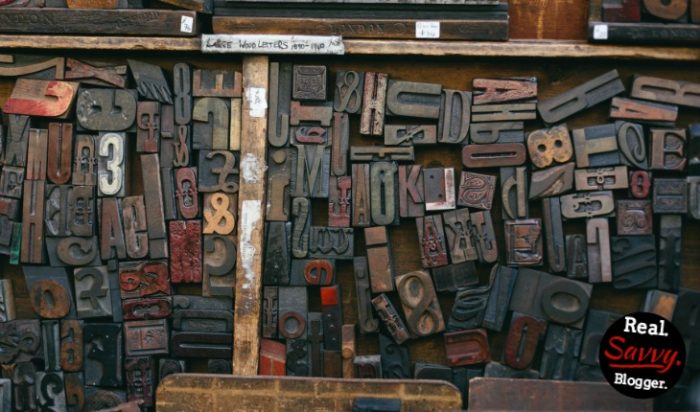
{UPDATED for 2020}
Because I believe in being well equipped for success, I use affiliate links. If you decide to purchase something I’ve suggested I may get a small commission, at no additional cost to you. This income helps to pay for my site costs. Thank you for supporting my work in this way.
Research your fonts
Best branding practice means you have chosen two to three fonts to use for your logo, blog, pinnable graphics, and social media as well as your products, printables and salable items. It also means you are using those fonts legally.
If you don’t know you’ve got to do some research. It’s not hard but it does take a concerted effort to get your ducks in a row.
Start by going to FontSquirrel.com. Here you will find only fonts that are 100 percent free for commercial use. Search for your font. If you find it in the database you are good to go and able to use it for commercial purposes.
If you don’t find it it still might be free. Look it up in Google Fonts. If you use the pop-out button next to the blue Add To Collection button you can even see recommended pairings for the font you have chosen.
FontSquirrel and Google Fonts use what are called SIL Open Fonts.
SIL Open Fonts are ideal as they are free for everyone to use personally and commercially.
Find the font licensing info
If your font of choice is not in the FontSquirrel or Google Fonts database you are going to have to dig a little deeper. Google your font. It may be a part of a paid font set or available on another “free” font site such as DaFont.com. If you find it on a site like DaFont look for the licensing info. On DaFont you can find it in the upper right corner of every font info box.

You will see one of these labels in the upper right corner:
- Free for personal use
- 100% Free
- Demo
- Donationware
Here’s where it gets a little dicey. The FAQ section of DeFont states
Are all the fonts free of charge?
The fonts presented on this website are their authors’ property, and are either freeware, shareware, demo versions or public domain. The licence mentioned above the download button is just an indication. Please look at the readme-files in the archives or check the indicated author’s website for details, and contact him if in doubt.
If no author/licence is indicated that’s because we don’t have information, that doesn’t mean it’s free.
You, the user, must do your due diligence to find out what the commercial license fee is for each font you use. Never assume that just because there are no author notes or a website on which to make a payment that the font is free. This is undoubtedly the murky water of copyright and property infringement. Oy!
- If the wording is “free for personal use” you need to pay for a commercial license.Even if you are just using for a logo you still need to pay. A good rule of thumb is if you make any money from your blog (or want to) you need to pay. If you use affiliate links on your site, sell products, etc. Pay for a commercial license.
- If it says 100% Free you are good to go.
- For Demo, Donationware, and Shareware you will have to keep digging to find a website which may be attached to the designer’s name or be accessible from the box with the arrow. This will take you to their website where you can get all the commercial licensing info and pricing. Now you have to decide whether to pay for it or find a similar SIL Open Font for free.

There are some fonts that have been specifically designed for commercial use. They are expensive. It is not uncommon for font sets to cost $500 or more. Single licenses can cost $50, $60, or even $70. If you are a new blogger or one who isn’t turning a big profit yet consider this investment carefully. It may be just want you need to make money on your blog. Or not.
There are also fonts available for $5 to $20. This one is lovely and it’s only $12.
Payment options
There are various ways to pay for a font. For “free for personal use” fonts designers have set pricing for a commercial license. These prices are listed on their website.
Some designers ask for a donation for commercial use. They usually list the price range depending on how you plan to use the font. They will likely have a Paypal button available for donations.
Designers may also ask you to donate for personal use. Be aware. While the download is free they want cold hard cash for you to use their work. Here’s an example.
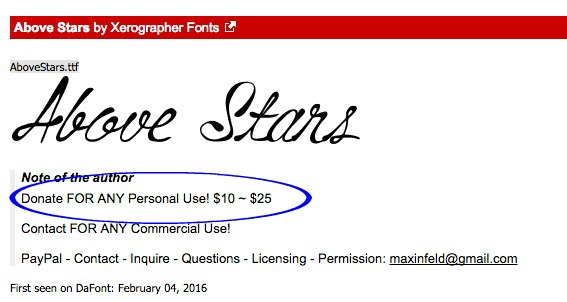
It is ultimately your responsibility to know which fonts require what in terms of monetary compensation to the designer.
Working with designers
Did you hire someone to create your logo or blog header? Make sure they acquired the correct license to use the font AND that you are also licensed.
Just because a designer has purchased a commercial license to use a font and sell it in a digital file to you doesn’t mean you are covered. You are most likely required to also buy a license to use the font. Most basic licenses are valid for one user only. Check with your designer.
Buying fonts off Etsy
There are some gorgeous fonts to be had from marketplace sites such as Etsy. Make sure you check the description of any product you purchase to clarify the commercial license details. Some designers have quantity and usage restrictions such as this one. Most are more than willing to work with you if you have special usage needs.
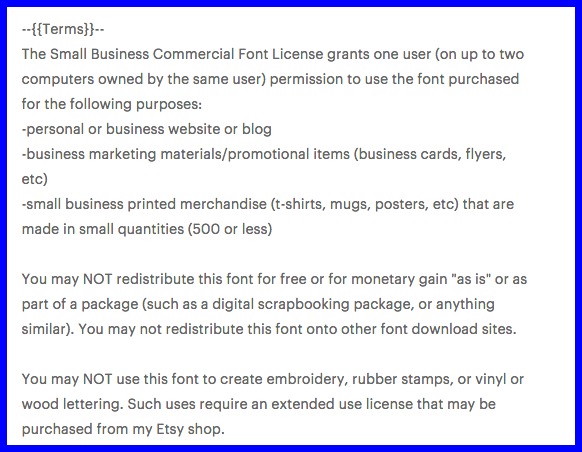
Feeling overwhelmed
If this information is leaving you feeling overwhelmed it’s okay. As an experienced blogger and site designer even I have had my days of wondering if it was worth it.
Here are my recommendations for finding and using fonts that will also keep you out of trouble.
Use Google Fonts or other SIL Open Fonts whenever possible.
Know and understand the basics of font licensing.
Pick 2-3 fonts you know are 100% free or for which you can purchase licenses to use on your website and products. This is a best branding practice and will lend credibility to your site and personal brand. It will also keep you in the clear with font designers.
If you want to use fun fonts I highly recommend Kimberly Geswein. She has designed hundreds of gorgeous fonts you can find on DaFont.com and her commercial license fee is a very affordable $5 per font. You can’t go wrong with her creative designs and at that price you can purchase several to use for your blog and projects.
Font licensing doesn’t have to be overwhelming. It is a part of doing business in today’s online environment. Remember, a font, like a photograph, is someone’s blood, sweat, and tears. As creatives we need to respect one another’s work.
Find a font choice that works best for you and then move forward.
Pay if you need to.
Make a different choice if needed.
Whatever you do, be a good steward of your gifts and talents and the respect the hard work of others.
UPDATE: After this post went live information was made known to me regarding PicMonkey and their commercial font licenses. According to their legal department they have negotiated commercial licenses for fonts they currently offer on their service. However, they also acknowledge that if the designers change their minds they may have to remove the fonts from the line up. This means if you like a font and want to build your blog/brand around it and use PicMonkey to create your graphics it is best to purchase your own commercial license in the event the font becomes no longer available through PicMonkey.
I recommend this article from PicMonkey for finding and using fonts correctly.
Are you ready to tackle font licensing now?
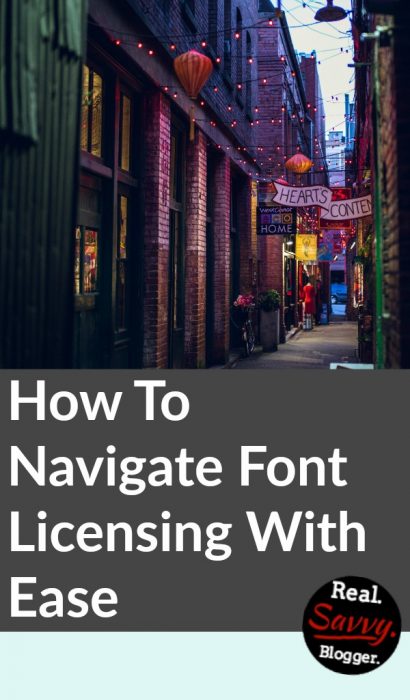





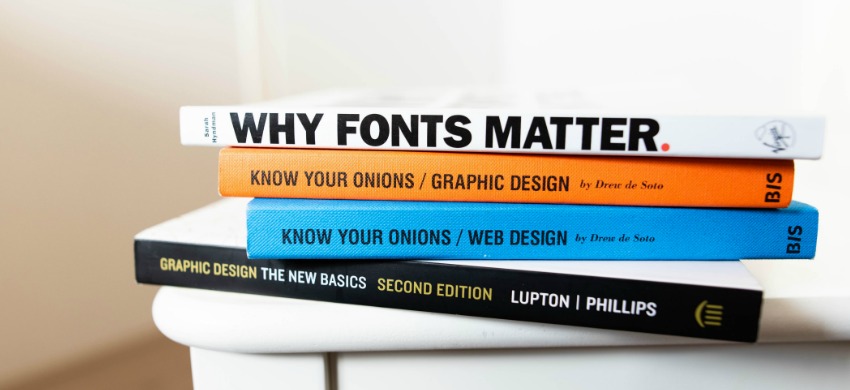
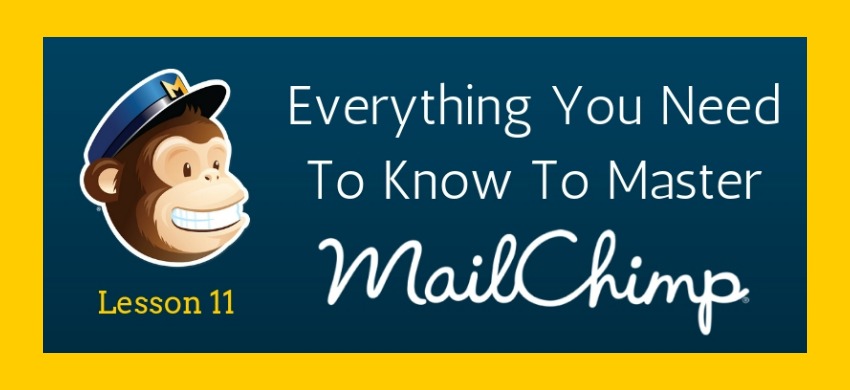


Thanks for posting this! I’m sharing in several of my blogging groups…and then off to change my fonts. Yikes!
Thanks so much Kirsten. It’s another important piece for being a success. You go girl!
Also…picmonkey has said when contacted that their fonts ARE commercially licensed. Just FYI!
Thank you so much for posting this. I’ve been waiting for an answer on this question. I’ll update the post too. You ROCK!
Thank you for this article, I’m getting started with POD and found your site when searching about PicMonkey’s commercial use.
You are so welcome. Welcome to Real. Savvy. Blogger.!